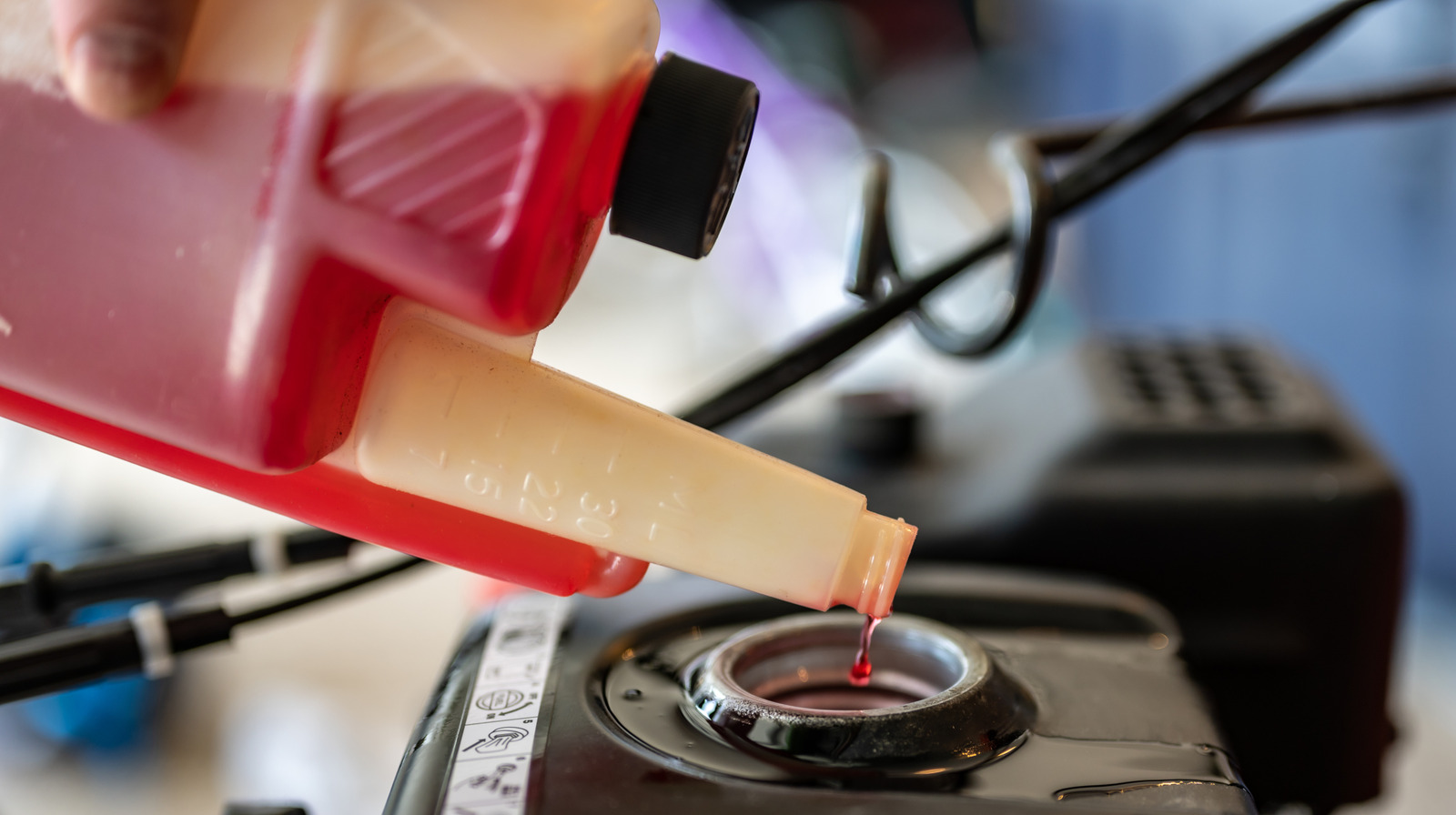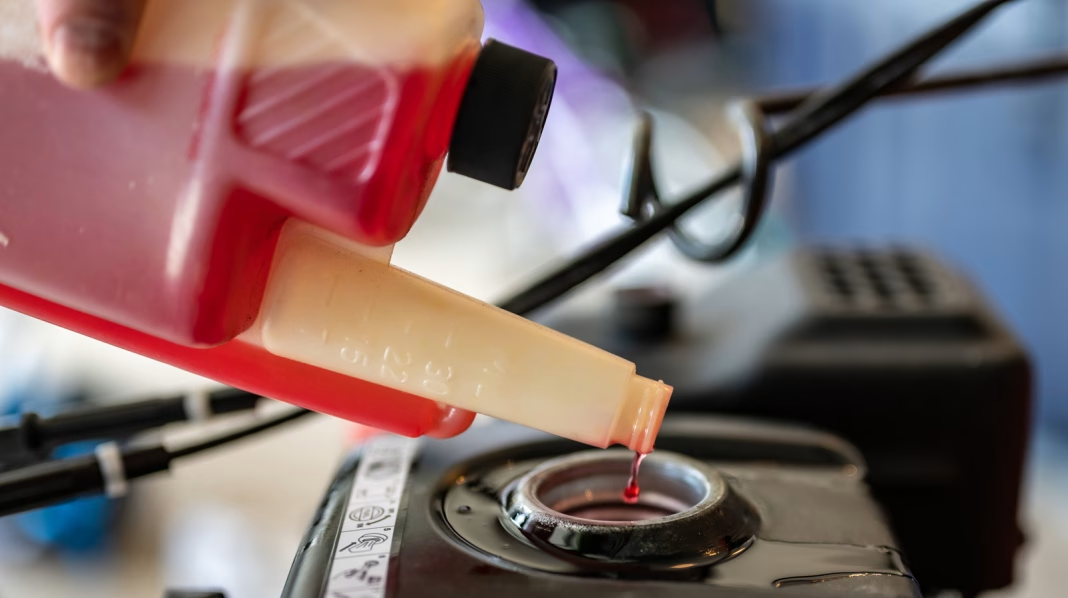When you know your car or motorcycle is going to sit idle for a while, you might wonder about the best way to preserve its fuel. Should you add a fuel stabilizer, or could that actually do more harm than good? Let’s dive into the details and clear up any confusion.
What Is Fuel Stabilizer, and Why Use It?
Fuel stabilizer is a chemical additive designed to prolong the life of gasoline or diesel fuel. When fuel sits for an extended period, it can degrade and form gum and varnish, which can clog fuel lines and injectors. By adding a stabilizer, you’re essentially slowing down this degradation process. It helps keep the fuel fresh and ready to go when you finally decide to hit the road again.
How Does Fuel Degrade Over Time?
Gasoline can start to break down in as little as 30 days. This breakdown leads to the formation of deposits that can wreak havoc on your engine. Ethanol-blended fuels are particularly susceptible to this issue, as they can absorb moisture from the air, leading to phase separation. This is when the ethanol and water settle at the bottom of the tank, creating a sludge that can cause serious engine problems.
So, if you’re planning to store your vehicle for more than a month, using a fuel stabilizer is generally a smart move. It can help maintain fuel quality and prevent those nasty deposits from forming.
Is Fuel Stabilizer Bad for Your Engine?
You might be wondering if adding fuel stabilizer could actually harm your engine. The short answer? Not if you use it correctly. Fuel stabilizers are formulated to be safe for engines when used as directed. However, using too much stabilizer or mixing it with old, degraded fuel can lead to issues.
It’s crucial to follow the manufacturer’s instructions on the amount to use. Typically, a little goes a long way. If you’re unsure, err on the side of caution and use less rather than more.
Real-World Example: A Tale of Two Bikes
Consider two motorcycles: one that had fuel stabilizer added before being stored for six months, and another that was left with untreated fuel. When it came time to start them up again, the first bike roared to life with minimal fuss. The second? It sputtered and coughed, requiring a thorough cleaning of the fuel system before it could hit the road again. This scenario illustrates the practical benefits of using a stabilizer.
What About Different Types of Fuel?
Not all fuels are created equal. While gasoline is the most common fuel that benefits from stabilizers, diesel fuel can also degrade over time, albeit at a slower rate. Diesel fuel can develop microbial growth if left stagnant, which can clog filters and injectors. Using a stabilizer designed for diesel can help mitigate these issues.
When Should You Use Fuel Stabilizer?
If you know your vehicle will be sitting for more than a month, it’s a good idea to add fuel stabilizer. This is especially true if you’re storing your vehicle for the winter or during a long trip. Just remember to fill the tank before adding the stabilizer; a full tank minimizes the amount of air in the tank, reducing the chance of moisture buildup.
How to Properly Store Your Vehicle
Beyond adding a stabilizer, there are other steps you can take to ensure your vehicle remains in top shape during storage. Here are a few tips:
1. **Clean the Vehicle**: Dirt and grime can lead to corrosion, so give your vehicle a good wash before storing it.
2. **Check Fluid Levels**: Ensure all fluids are topped off, including oil, coolant, and brake fluid. This helps prevent moisture buildup and corrosion.
3. **Battery Care**: If you’re storing your vehicle for an extended period, consider disconnecting the battery or using a battery maintainer to keep it charged.
4. **Tires Matter**: Inflate your tires to the recommended pressure to prevent flat spots from forming.
5. **Cover It Up**: Use a breathable cover to protect your vehicle from dust and moisture while allowing any trapped moisture to escape.
The big takeaway? Fuel stabilizer isn’t about perfection—it’s about smarter adjustments. Start with one change this week, and you’ll likely spot the difference by month’s end. Taking these steps can help ensure that when you’re ready to ride or drive again, your vehicle will be just as ready.


